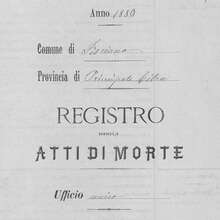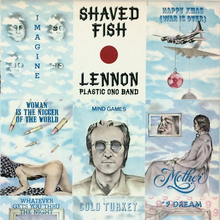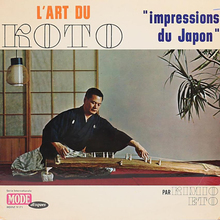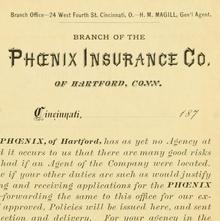Patented by Julius
Herriet, Sr. of Bruce as
Rustic Ornamented Shaded in 1866–67 [USPTO].
Shown in early Bruce specimens under various numbered names by
size, incl. No. 11, 14, 19, 20, 34 and by
Cincinnati as Ornamented No. 23, 26, 42, 49. Later, Bruce
showed it as Ornamented No. 1048.
Copied in England by the foundry of J. & R.M. Wood [Shaw]
and advertised as Novel Open in 1868 [Gray].
Novel Open was continued by Stevens,
Shanks. Also sold as Fantaisie Kapitalen geschaduwd Serie
3 (Enschedé) and
Pekino (Urania)
[Reichardt
2011].
In the mid-1950s Charles Broad, the owner of Typefounders of
Phoenix, dubbed it Mikita, [Shaw]
apparently for its perceived Asian qualities.
Adopted for phototypesetting as Bruce Mikita by
Photo-Lettering [PLINC
1971] and VGC [VGC
1973].
Revived More…
Patented by Julius Herriet, Sr. of Bruce as Rustic Ornamented Shaded in 1866–67 [USPTO]. Shown in early Bruce specimens under various numbered names by size, incl. No. 11, 14, 19, 20, 34 and by Cincinnati as Ornamented No. 23, 26, 42, 49. Later, Bruce showed it as Ornamented No. 1048.
Copied in England by the foundry of J. & R.M. Wood [Shaw] and advertised as Novel Open in 1868 [Gray]. Novel Open was continued by Stevens, Shanks. Also sold as Fantaisie Kapitalen geschaduwd Serie 3 (Enschedé) and Pekino (Urania) [Reichardt 2011].
In the mid-1950s Charles Broad, the owner of Typefounders of Phoenix, dubbed it Mikita, [Shaw] apparently for its perceived Asian qualities.
Adopted for phototypesetting as Bruce Mikita by Photo-Lettering [PLINC 1971] and VGC [VGC 1973].
Revived by Harold Lohner in 2000 as Bruce Mikita, based on a showing in Dan X. Solo’s Victorian Display Alphabets (1976) [Shaw]. Accompanied by a second solid style, allowing bichromatic combinations.

















